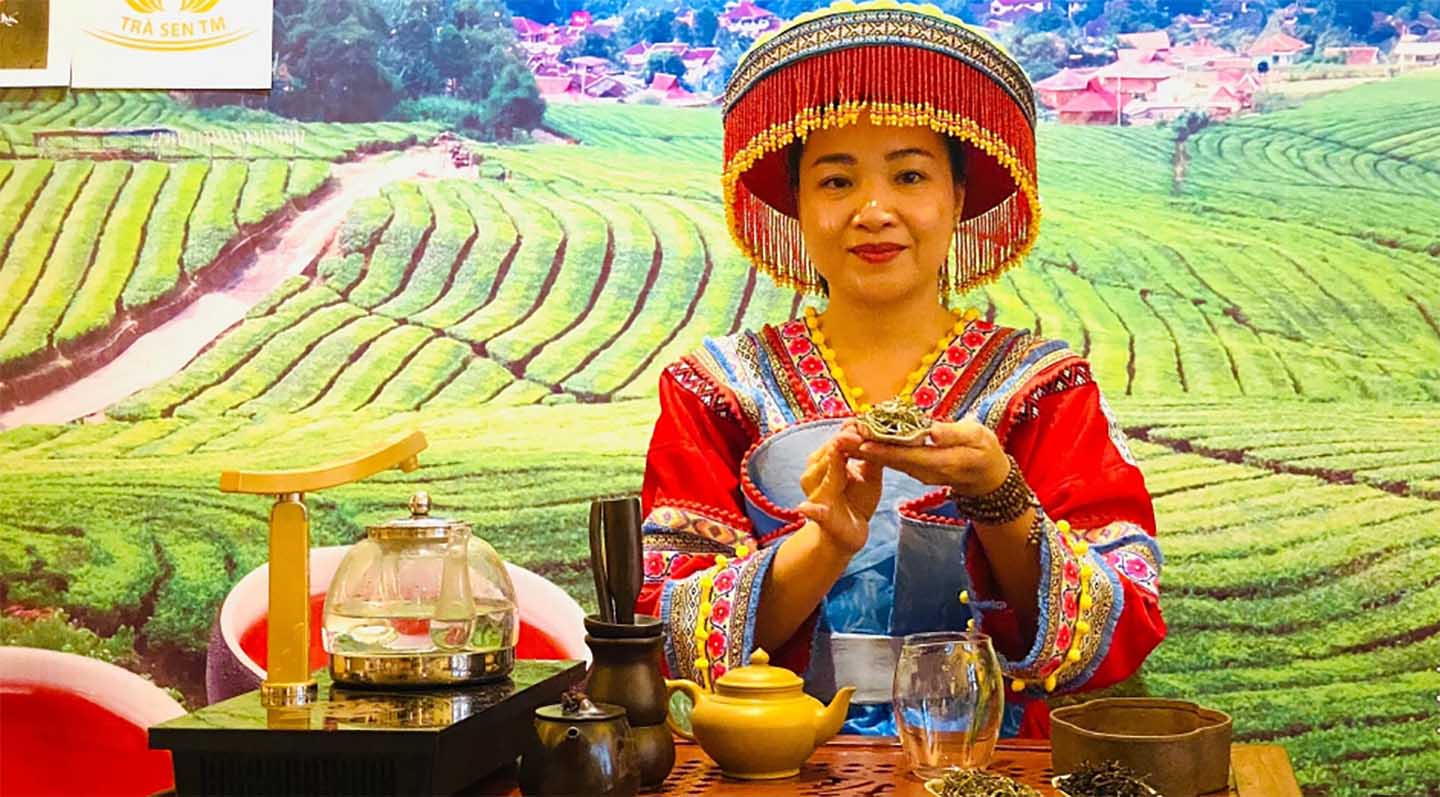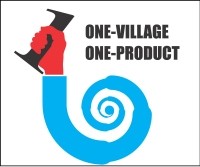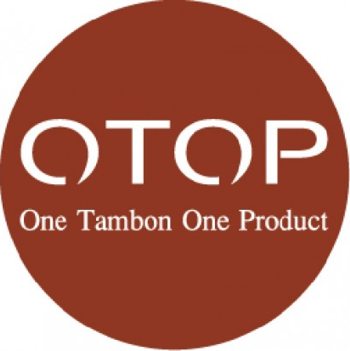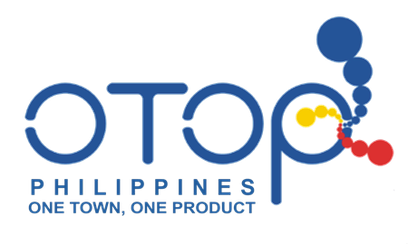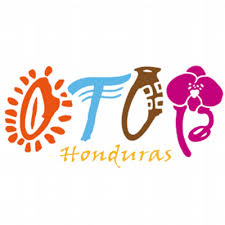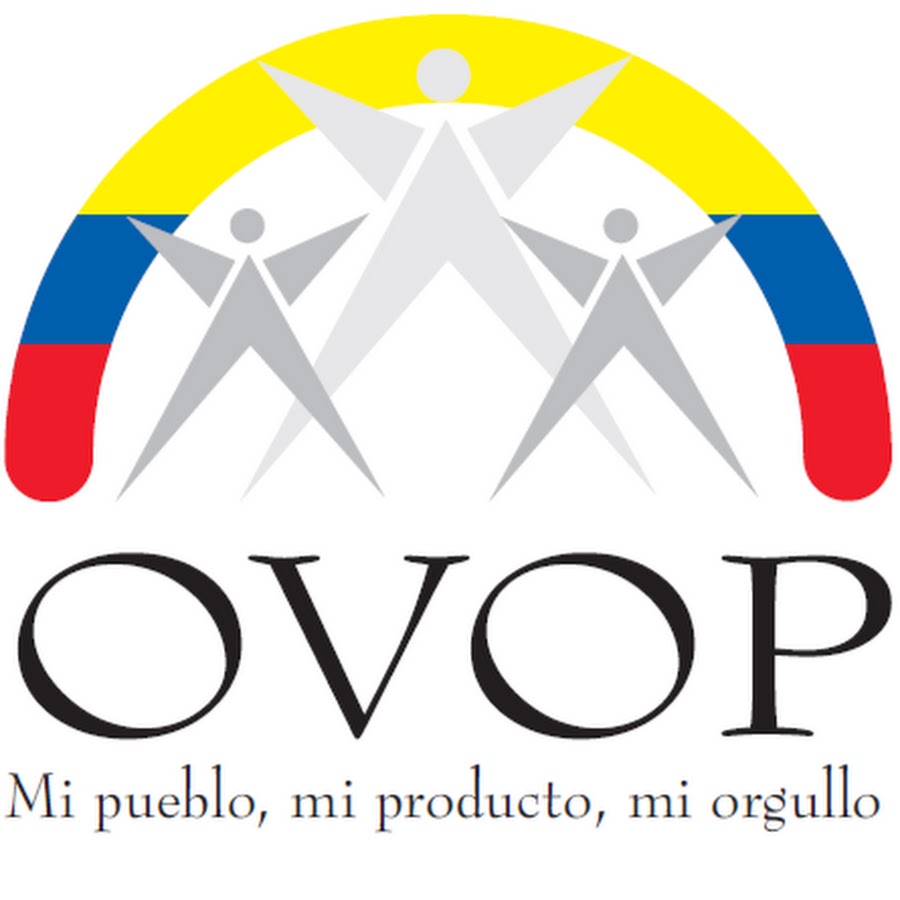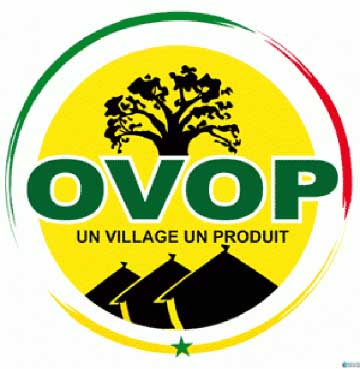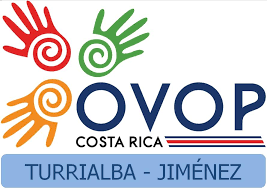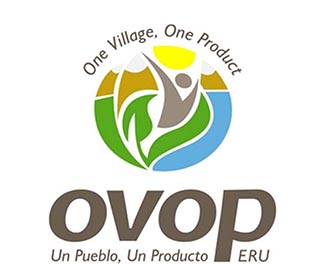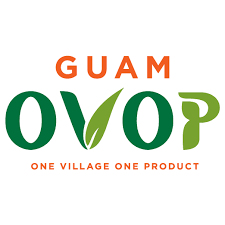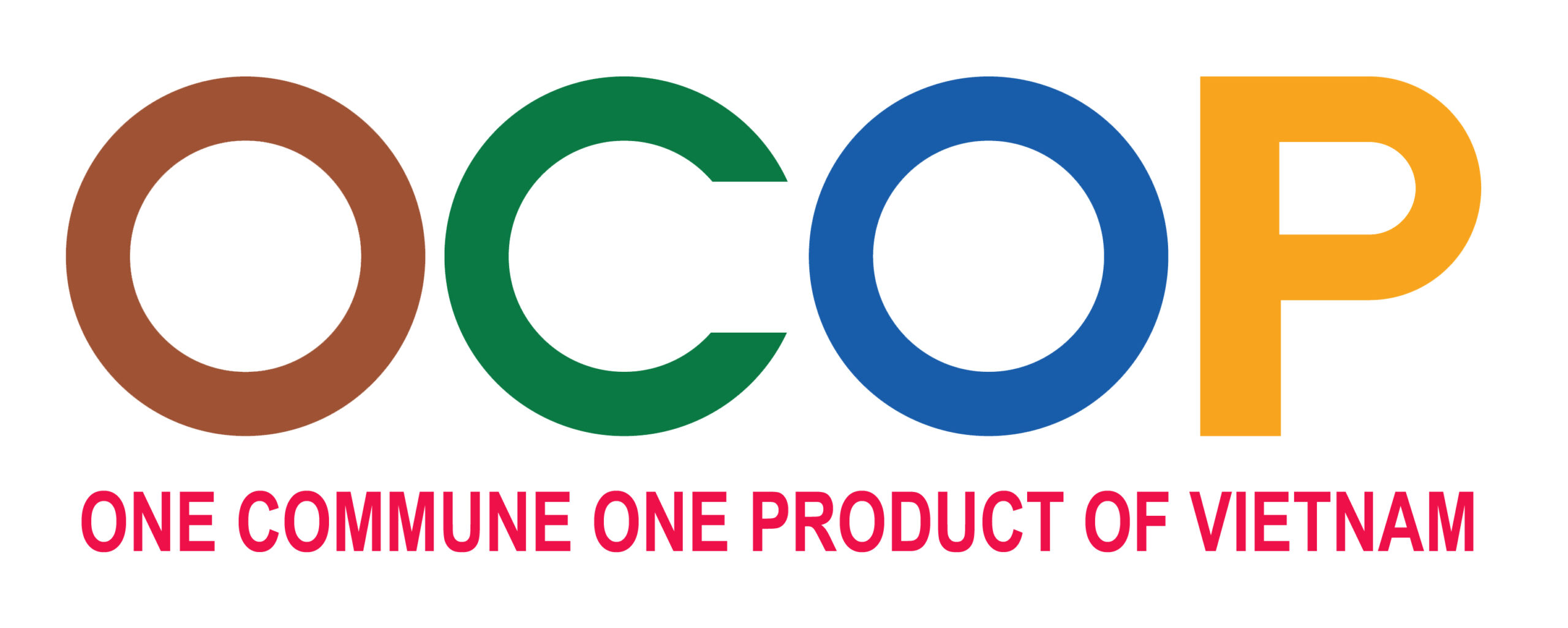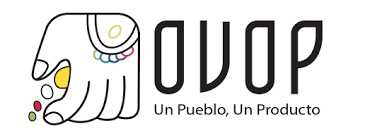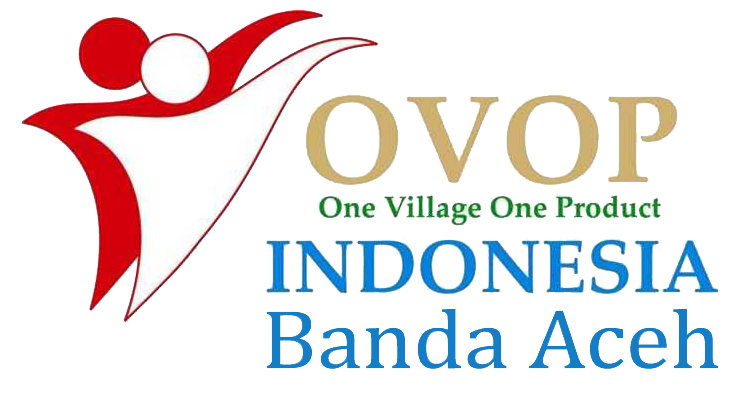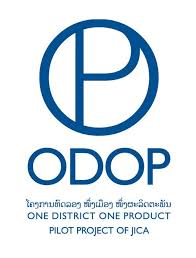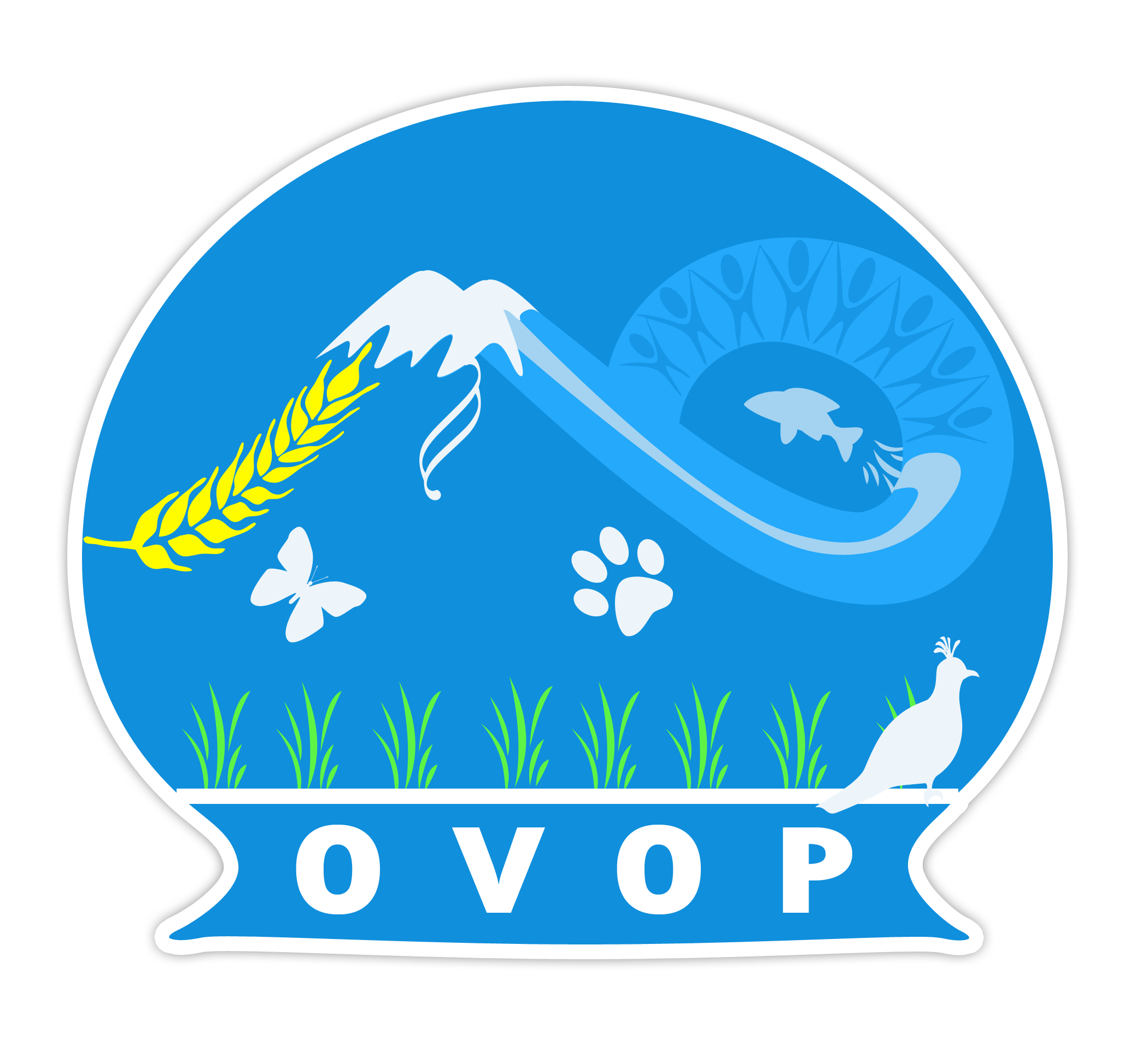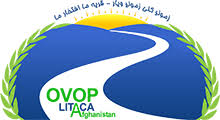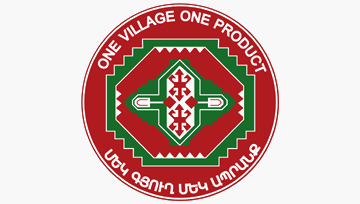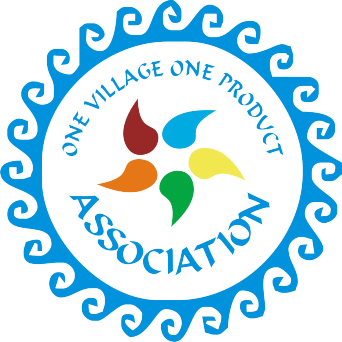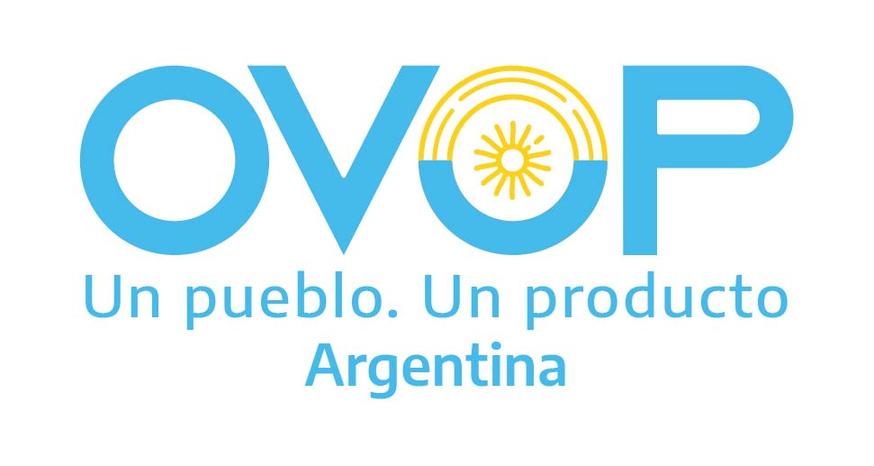After more than 2 years of implementation, the national Program One Commune One Product (OCOP) for the period of 2018-2020 has been achieved many outstanding outcomes. The Program’s main goals have been all met and exceeded its set targets. There are 2.961 registrations for 6.210 products participated in the Program. The registered entities have been supported to improve their products quality, to develop their products, to improve their capacity, in which 874 products have been supported to standardize their quality; 792 products have been supported for their intellectual property; 1.266 products have been supported in terms of packaging, labeling; 1.098 businesses and cooperatives have been supported to improve their capacity; and 1.552 entities have been supported to promote their trades and to introduce their products.
Up to now, 60 provinces and cities have evaluation and classification results for their products, as follows:
There are 4.733 OCOP products in country have been certified as 3 stars or more. In which, the Red River Delta leads with its 1.759 OCOP products (representing 37,16%), the Northern mountainous region represents 20,56% which is followed by the Mekong River Delta with 15% and the smallest representation is the Southeast region with 88 products. 3-stars OCOP products represents 62,16%; 4-star OCOP products represents 36.1% and potential 5-star OCOP products represents 1.74%. The OCOP National Council is evaluating and ranking 43 potential 5-star OCOP products which have been registered by localities.
In term of products by group, there are 3.789 products (80%) are in foods group, 8.8% are in the souvenir, interior and decorative group, 6.3% are in the beverage group, and the rest are other products. In particular, there are 35 community-based tourism products and tourism sites have been recognized as OCOP products. There are 2.596 entities whose OCOP recognized products, in which, 37,8% are cooperatives, 27,7% are businesses, 31.7% are production establishments, the rest are cooperative groups.
Marketing and trade promotion activities have been focused in implementing from central to local levels.
The Ministry of Agriculture and Rural Development (MARD) has coordinated with central and local competent authorities to organize 01 international fair and 15 regional and national OCOP forums/fairs to promote and to introduce OCOP products; ... The Ministry of Industry and Trade (MOIT) has included OCOP products in the National Trade Promotion Program, developed a network of OCOP Selling Points and organized many fairs aimed to connect OCOP products’ supply and demand, …
Localities have organized 66 OCOP product fairs (at provincial and district levels) with over 10.000 booths; 142 OCOP products selling centers/points of 23 provinces have been built and put into operation; 1.016 collaboration contracts and memorandums of understanding have been signed between OCOP products’ entities and commercial units, in which, 354 entities have their own products that have being stably distributed in supermarket, especially, Central Retail, Saigon Coop, Mega Market, ... and some local supermarkets;
Many interesting models, innovative execution methods have been effectively implemented by localities, such as: Quang Ninh Province’s annual OCOP fair; Ha Noi City’s Connection Event Series for different products from regions; Dong Thap Province’s trade and investment promotion bridge, associated with OCOP products; ... that are spreading and enhancing the Vietnam’s OCOP products image and their brand-names in the market.
The OCOP national Program has received the Government and local competent authorities ’s attention and direction, also getting whole political system’s involvement from the central to local levels, especially, the products evaluation and ranking role of sectoral departments. Through that, localities have seen more clearly their own potential and strengths to set out their appropriate policies and suitable solutions to grow their OCOP products, especially, to preserve and to mature traditional industries in the rural areas;
The Program has been organized and implemented relatively synchronously and in system, from the central to local levels. Especially in 2020, thanks to the MARD’s timely direction, guidance and assistance, localities have proactively deployed this national Program in their right direction in meeting this Program’s requirements and contributing to speed up its activities implementation progress and quality;
OCOP products have closely followed the national Program’s requirements, have been in line with consumer’s tastes and have met the consumer’s needs for unique and traditional products with their outstanding quality, origin traceability and geographical indications. Being accepted by distribution businesses and market, OCOP products have been formed their priority trend in these distributions; They have initially awakened potentials and strengths of local specialty products, raw material areas and local labors, especially tourism-related services. The localities have seen their advantages and opportunities to promote and to exploit their OCOP product’s value, associated with the rural tourism services development in contributing to the production transformation in the direction of production scale increase which are associated with the value chain, improve income for rural people, especially, people in the remote areas and ethnic minorities.
However, it still exists some difficulties in implementing this national Program. The OCOP Program is new and relating to many sectors, especially the Program’s requirement is to awaken the potentials and advantages of each localities towards rural economic development, therefore, in the first stage of implementation, several localities are still confused about their execution methods, their advantages, potentials and production entities identification, these localities have only focused on perfecting their existing products, and not paid full attention to grow their new products which are associated with their raw material areas, particularly their traditional craft villages;
Resources for this Program’s implementation are limited, they have been mainly integrated with other activities, while a number of support mechanisms have not been concretized yet, the growth of value chain, raw materials and production establishment have not been emphasized yet, resulting to the difficulties in implementing in some localities; Many production entities do not clearly understand about the Program’s orientation and requirements, particularly the law regulations in producing and distributing products, thus, it still exists the confusion between product quality and product packaging, labeling.






